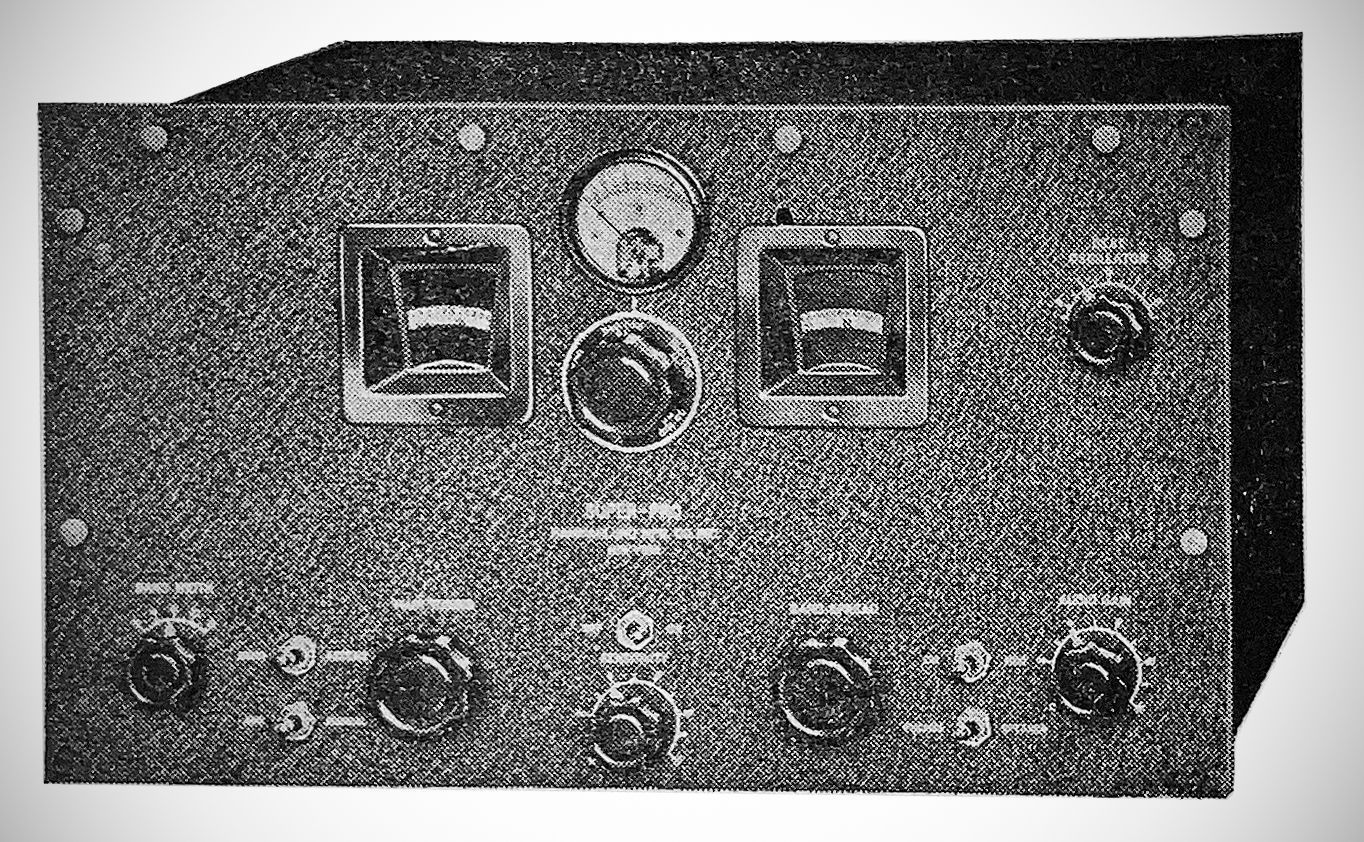Note
Lafayette catalog number 59, p. 99.
QST, Mar 1936 p. 5.
Radio Craft, Aug 1936, p. 97.
Radio, Jun 1937, p. 71. ("perfect receiver for 10 meters")
QST, Jan 1938, p. 61. (a reference to a crystal filter)
QST, Feb 1938, p. 89.
Advertised as "The perfect receiver for 10 meters." This may be the reason for the "10" in the nomenclature, though it wasn't actually called SP-10 until much later.
The Hammarlund SP-10 stands as a landmark in the history of radio communications. Introduced to the public in March 1936 (though some military versions, like the SPA, predated this official release), the SP-10 was Hammarlund's audacious entry into the realm of high-performance, professional-grade shortwave receivers. It was a receiver designed to push the boundaries of what was achievable in terms of sensitivity, selectivity, and audio fidelity at a time when radio technology was rapidly evolving.
Before the SP-10, Hammarlund was already a respected name in radio components, particularly for its precision variable capacitors. Their earlier "Comet Pro" receiver had been a successful foray into the commercial shortwave market, but the SP-10 was conceived to be a no-compromise, top-tier instrument. Its initial designation was simply "Super-Pro," a testament to the company's confidence in its design and capabilities. The "SP-10" moniker became necessary later as the Super-Pro line expanded with subsequent models like the SP-100 and SP-200.
The SP-10 embodied Hammarlund's commitment to quality construction and advanced engineering. It was a substantial piece of equipment, weighing over 70 pounds for the main unit, with a separate, almost equally heavy power supply. This deliberate separation of the power supply from the receiver chassis was a key design choice to minimize hum and heat, which could degrade the performance of RF and IF stages.
The receiver was available in two versions. The SP-110 base model tuned from 0.54–20 MHz. "The 10 meter model" (designated SP-110-S) was designed for amateur use and tuned from 1.25–40 MHz. Both of these were available in table top or rack mount versions. An "X" version with a crystal filer was also available.
At its core, the SP-10 was a single-conversion superheterodyne receiver with an IF of 465 kHz. While later receivers would adopt double conversion for improved image rejection at higher frequencies, the SP-10's single-conversion design, coupled with its highly optimized RF and IF stages, delivered exceptional performance for its time.
The SP-10 employed 14 tubes in the main receiver chassis and 2 tubes in the external power supply, for a total of 16 tubes (8 glass and 8 metal) . Early production models famously used large-pin glass tubes like the 6D6 (RF/IF amplifiers), 6A7 (mixer), 6C6 (oscillator/BFO), 6B7 (detector/AVC), 76 (first audio), and 42 (push-pull audio output). This was a significant number of tubes for a receiver of that era, indicating a design focused on maximizing gain and performance at every stage.
The SP-10 incorporated two stages of RF amplification on all bands, yielding a sensitivity of 0.8 uV (with 30% modulation) for a signal to noise ratio of 6:1 at 28 MHz. This system all provides image rejection of 150:1 at 28 MHz, 1900:1 at 14 MHz, and 10,000:1 at 7 MHz.
The AVC action provides a 2:1 change in the output for a 33,000:1 change at the input.
The heart of the SP-10's selectivity lay in its three IF amplifier stages with a revolutionary variable bandwidth control. This control, calibrated in kilohertz (3 to 16 kHz), permitted continuously adjustable coupling between the primary and secondary windings of the IF transformers. This allowed the operator to "tune" the receiver's selectivity, widening it for high-fidelity AM reception or narrowing it significantly to cut through interference and dig out faint CW signals.
For precise tuning of the amateur bands, the SP-10 featured a separate, large bandspread dial. The main tuning dial was also directly calibrated in frequency, a premium feature, unlike National's HRO, for example.
Hammarlund's expertise in variable capacitors was on full display through in the SP-10. It incorporated a complex, cam-operated knife-switch type bandswitch and precision-machined tuning capacitors (a 4-gang main tuning capacitor and a 12-gang bandspread capacitor). These mechanical marvels were built for extreme stability and longevity.
Unusually for a communications receiver of its time, the SP-10 was designed with a powerful, 14-watt push-pull audio amplifier using triode-connected 42 tubes. This allowed for room-filling, clean audio, making it popular not just for communications but also for high-quality shortwave broadcast listening. There is some discussion about the audio output impedance. Rider's, for example, said it is 600Ω, while the Hammarlund manual specified 8Ω.
The Hammarlund SP-10 set a new standard for communications receivers. Its combination of high sensitivity, adjustable selectivity, and robust construction made it an indispensable tool for serious shortwave listeners, amateur radio operators, and early government and military applications. While it was quickly succeeded by the SP-100 and then the more widely produced and militarized SP-200, the SP-10 established the "Super-Pro" name as a hallmark of quality and performance.
Main Chassis
(2) 6D6 (1) 6A7, (1) 6C6, (3) 6D6, (1) 6B7, (1) 6B7, (1) 6C6, (1) 76, (3) 42.
Power Supply
(1) 5Z3, (1) 1-V for the bias.
